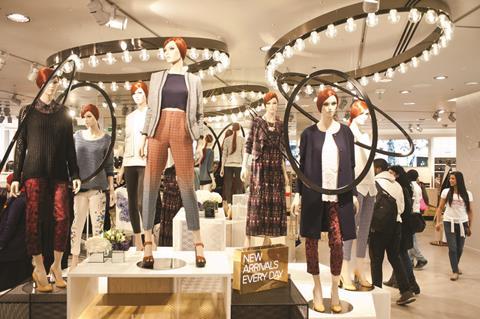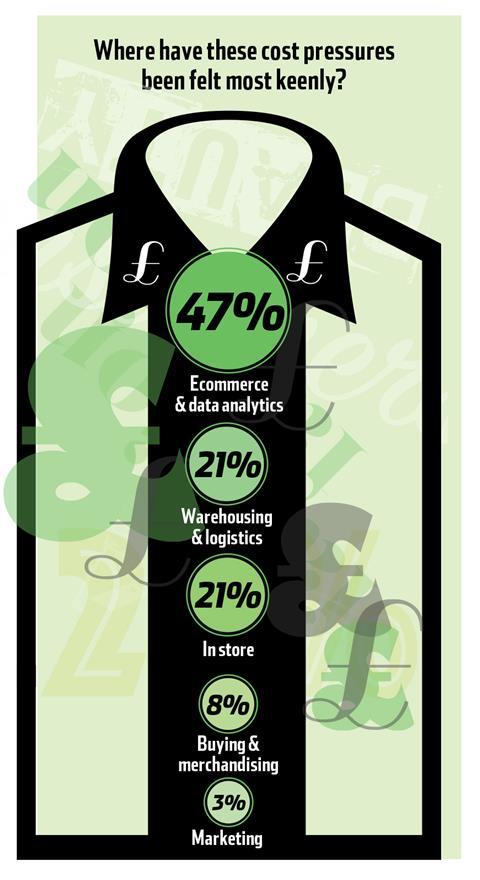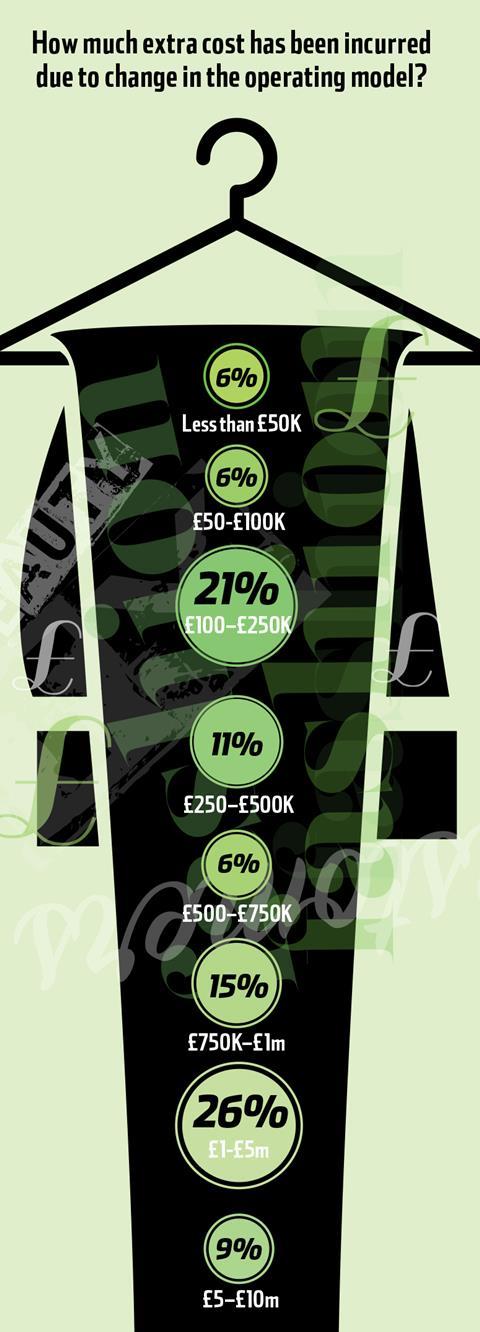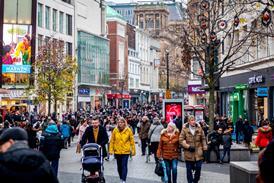PROMOTIONAL RESEARCH
Trans-seasonal buying is affecting the inner workings of fashion businesses in a range of different ways – find out how in Retail Week’s new report.
The effect of fluctuating weather patterns and climate change on British retail has been spoken about anecdotally among fashion leaders for years, but Retail Week’s new research represents the first time the trade has been able to see its impact in hard stats.

The report, produced in association with Salesforce, features bespoke research into the ways seasonless fashion is impacting the industry – from buying and merchandising to technology and marketing investment opportunities – and reveals how retailers should prepare for changes ahead.
Featuring the results of an exclusive survey of 50 leading fashion retailers, plus in-depth commentary from the fashion bosses of some of the UK’s most well-known brands, the report unveils what the fashion sector thinks about the move into trans-seasonal buying, how it impacts their business strategies and the likely effect it will have on the longer-term future of the sector.
You can read it for free here.
Counting the business cost
Of the 50 fashion retailers surveyed, 86% report that changing weather patterns and a subsequent move away from traditional buying patterns had affected their business to at least some extent. It is affecting some more than others, with 42% reporting that the impact was ‘to a great extent’.

But while it is no doubt a challenge for retailers to ready their businesses for responding to the trend, it is heartening to those in our survey report that it has had a positive impact on sales so far.
Of the businesses questioned, a third (34%) say the trend for seasonless fashion has boosted revenue by between 10% and 20%. Over a quarter (28%) say revenue is up by less than 10%, while 16% of respondents say revenue has grown by an impressive 20% to 40%. Only 8% of those questioned say revenue has fallen.
The seasonless trend is clearly not one that is automatically negative for retailers – it offers new ways to sell to customers and provides new opportunities for inspiring them.
However, overhauling the business to be able to sell in this way requires a substantial amount of change, and this comes at a cost.
Of the retailers we spoke to, 68% say the trend for seasonless fashion had added extra cost to their operating model as they work to cope with the changes required.

Such an impact might be expected to hit retailers hardest in the supply chain, which for many is likely to need attention in order to reduce manufacturing time.
But retailers report that the biggest area of investment for the industry has been in ecommerce and data analytics: 47% of those questioned say this is where cost pressures have been felt most keenly.
This is because the biggest area of change, according to fashion retailers, is in the customer experience.
Of those surveyed, 28% name this as the part of the business that has been the most strongly affected by the departure from the traditional fashion cycle.
This is not the only area needing attention, however. Retailers identify buying (20%) and supply chain and fulfilment (16%) as other areas that need focus. Marketing (10%) is also deemed to be important.
One retailer said: “There has been a shift in marketing strategies; there’s less of a focus on new lines, and more of a focus on a constant aspect.”
This constancy of stock, and reduced volatility between quarters, is a similar experience for all of the retailers interviewed.
Consumers are no longer happy to order their winter or summer wardrobes in bulk when new products come out. If it is cold and raining, they expect to be able to buy warm clothes and umbrellas, whatever the time of year. If they see something on Instagram, they expect to find it online without any trouble.
The industry is ploughing resources into providing them with the type of experience they now expect. Seasonless fashion does not just require an overhaul of the type of clothing produced – it also requires an overhaul in the way it is sold.
Retailers in their own words
What has been your biggest strategic change?
- “Less volatility between quarters”
- “More research is now required”
- “We need a much wider range in stock”
- “It means less of a shift in range every three months or so – stock is more constant”
- “Changing the style of clothing ordered and looking for more basic and never-out-of-stock ranges”
Seasonless Fashion report

Find out how to prepare for a new era of retail by reading the report, for free, here.
Access it and discover how seasonless fashion is unearthing growth opportunities that can help you better connect with your customers.
Downloads
Salesforce-report- May-2017
PDF, Size 6.96 mb











![Ollie Pryor[46]](https://d53bpfpeyyyn7.cloudfront.net/Pictures/274x183/1/7/1/3119171_olliepryor46_336332_crop.jpg)
















No comments yet